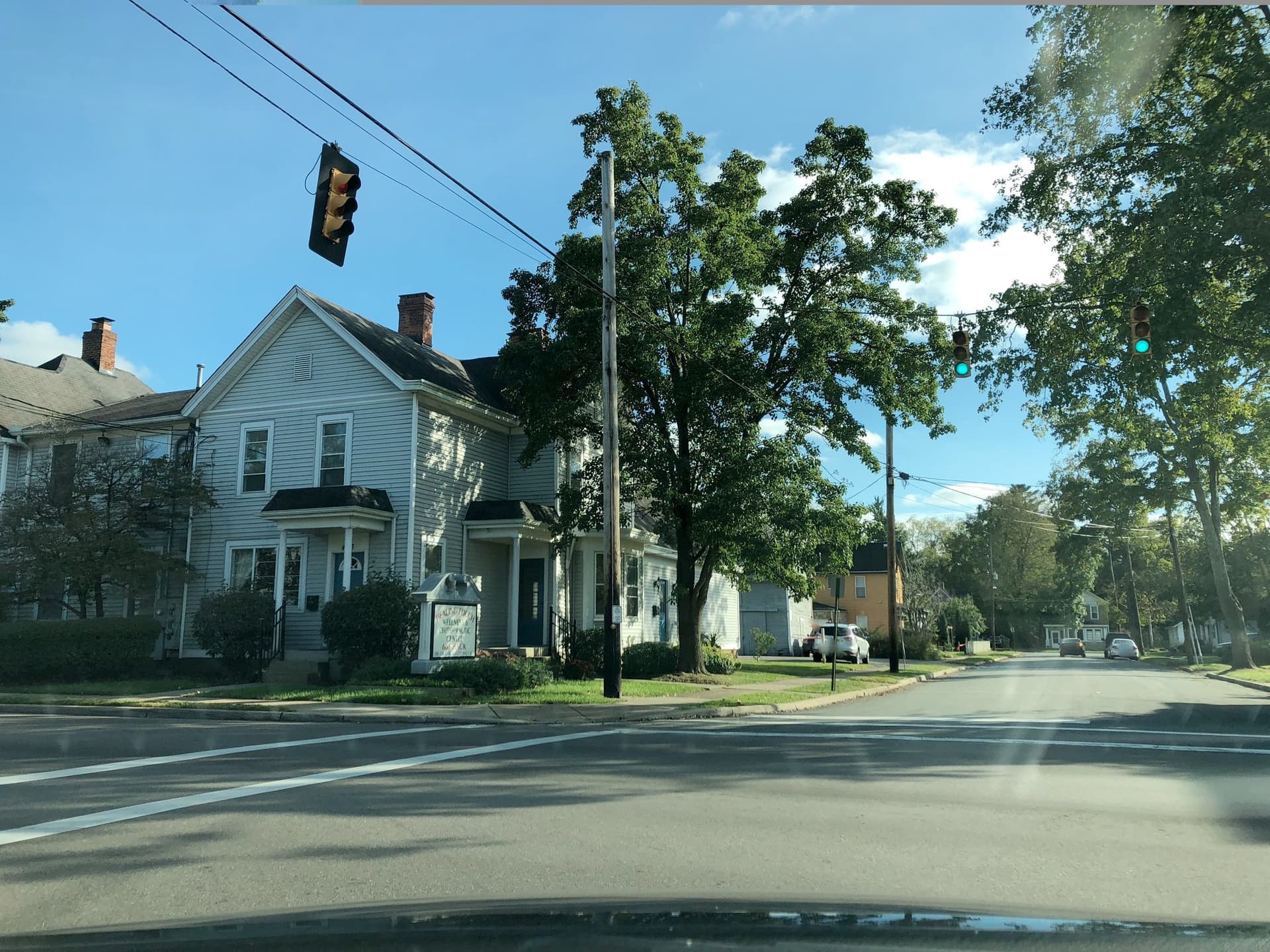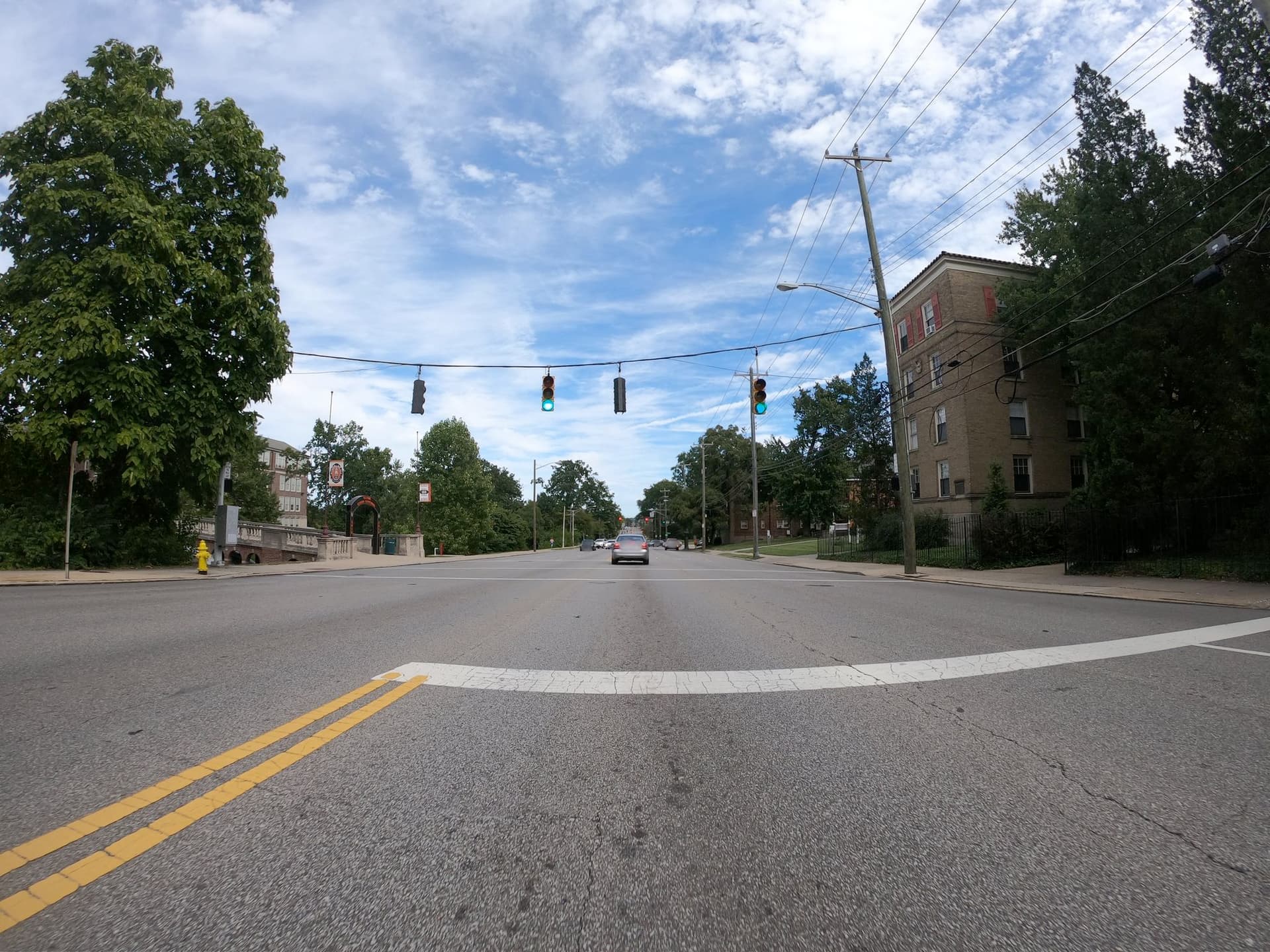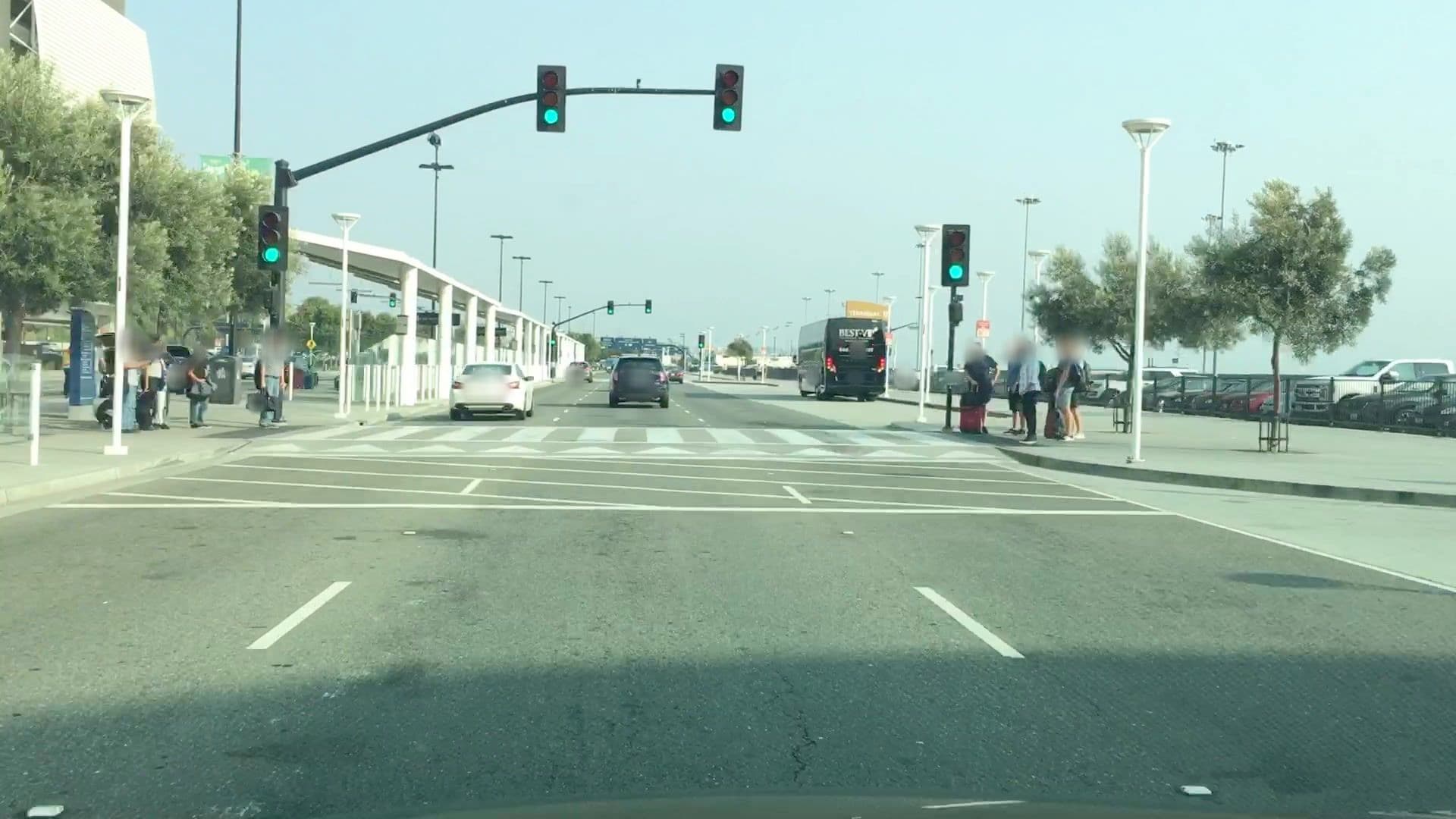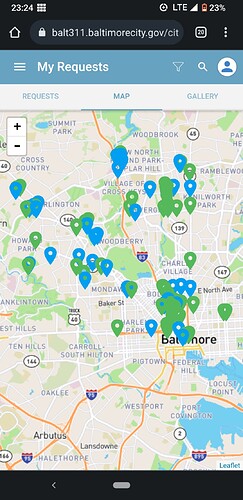crossing:signals=yes/no has been proposed for several years, and now it’s finally documented. In one of the cities where I map, it’s slowly being adopted in neighborhoods where there are crosswalks that are signal-controlled but not marked or vice versa, in combination with crossing=marked/unmarked. This way we can also find intersections where no one has yet determined whether it has a signal.
Heh, I have the opposite problem. In some cases, I’ve returned to crosswalks that I had thought were signalized but unmarked, only to find that they were marked: the paint had worn so badly that it was only barely visible in street-level imagery but undiscernible in high-resolution aerial imagery. From a safety perspective, it was basically nonexistent. This problem is especially prevalent in snowy places, where road salt wears down the paint.
(That said, there are plenty of crosswalks across the U.S. that are designed to be signalized but unmarked. It’s one of the configurations explicitly allowed in federal regulation.)
The established and proposed tags leave out some distinctions and details that I would like to be able to incorporate into the database somehow.
Signalization without pedestrian signals
At some crossings, pedestrians wait for a dedicated walk signal. At other crossings, they wait for the standard traffic signal for cars to turn green. I see this a lot in less built-up areas and at older urban intersections, even ones that have pedestrian signal call buttons:

I currently tag them just like the intersections with pedestrian signals, because the timing for both cars and pedestrians remains unaffected. However, it’s less safe than an intersection with pedestrian signals. A green light isn’t as specific as a walk light at intersections with unprotected turns.
Crosswalk intersections
Some signalized crossings are part of a normal road intersection and are coordinated with the main traffic signals. Other signalized crossings have similar traffic signals, but there’s no cross traffic other than pedestrians:

Sometimes these crossings are even combined with other traffic-calming features like speed humps or tables:

Another mapper introduced me to crossing=pedestrian_signals on the crossing way and traffic_signals=pedestrian_crossing on the traffic signal nodes, but I’m unsure if others are using these tags for the same purpose. It probably makes sense to tag HAWK beacons similarly, since crossing_ref=hawk is country-specific.
Time limits
Most of the signalized crosswalks in my area now have countdown timers and even read the seconds aloud, so it’s pretty easy to survey the time limits. It could be useful for identifying crosswalks that don’t leave enough time to cross without running – not unheard of around here. I’ve thought about tagging them as durations, but some routers literally treat that key as the duration of the routing edge, which defeats the purpose. I’d rather not have to divide the length by the time limit to get a minspeed value. 



